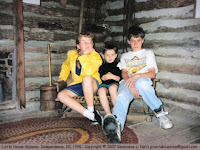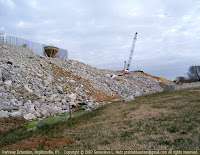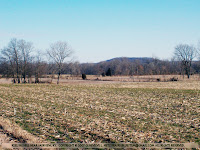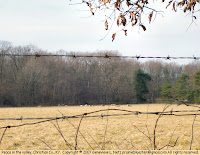All In The Family... And What I Think About It...
Here I am, driving my car down a scenic byway in Christian County, KY. Isaac took this photo a few days ago.
To be honest, I rather like this photo, not because it shows my great beauty and my mop of hair, but because it shows me doing something I really enjoy -- just motoring along. How happy I look! And do you see the beautiful Kentucky countryside in the background. This photo is a true icon of the real me (one aspect of me, anyway)!
I suppose this post will define me as another of those gas-guzzling Americans, but I love road trips, great and small. I enjoy my car because it takes me places I haven't been before. I'll never see all the backroads and two-lanes in Kentucky (let alone the world,) but I see as much as I can, every chance I get.
I have happy memories of loading up the kids and going for little adventures when they were young. I drove a little gray Dodge truck at that time, and Isaac rode in the middle and Keely rode on the passenger side. Isaac says it was always nice and cozy in the middle. The older the truck got, the more adventurous it became to go places in it, but I won't go into all that!
The kids and I made many road trips together to Kansas (west of Wichita) to visit my parents. They are both gone now, my dad since 1996 and my mom since 1997, so I don't go out to Kansas as often nowadays, though my brother still lives out there.
Keely and Isaac were good little travelers, and they speak of those long drives with nostalgia. They like to talk about the sights we saw along the way and the times we stopped here or there. Keely learned to read the map at a tender age and became my trusty navigator, and Isaac enjoyed having the backseat to himself with his books, Gameboy, etc.
My husband, bless his heart, is not an enthusiastic traveler. He wants to reach the destination and get back home again. It's an inborn tendency, I think.
I find that Dennis and I enjoy our trips together much better if I drive. He relaxes and enjoys the scenery when he's "just along for the ride", and I enjoy driving my chosen route (which may not be the interstate.)
My spell checker is telling me that "backroad" is not really a word, but I disagree.

Related post: A Backroad
Technorati tags:



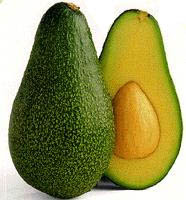 Dennis and I didn't fool around with making guacamole. We cut the avocados in half and ate the soft meat with a spoon right out of the skins. Sometimes we spread mashed avocado like butter on the fresh rolls that the bakery peddler sold out of the basket on the back of his bicycle.
Dennis and I didn't fool around with making guacamole. We cut the avocados in half and ate the soft meat with a spoon right out of the skins. Sometimes we spread mashed avocado like butter on the fresh rolls that the bakery peddler sold out of the basket on the back of his bicycle.













